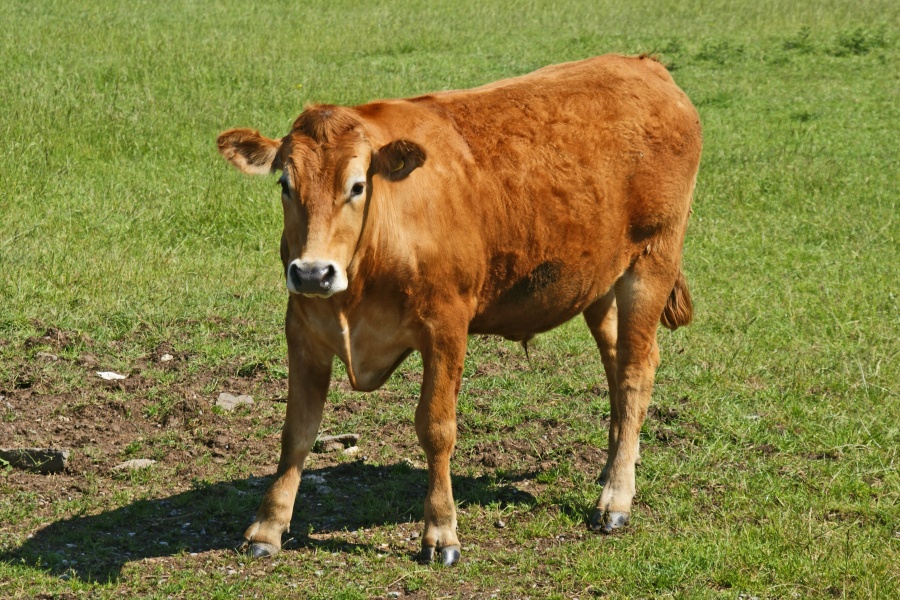This week we will be adding to the regular Torah reading Parshas Parah. This is portion of the Torah which teaches us about the Parah Adumah, the Red Heifer whose ashes were used to purify those who had become impure through contact with a corpse, Tuma’as Mes.
Parshas Parah is the time that we have the special ability to purify ourselves from Tuma’as Mes. But how does this impurity express itself in our times? And where is our Parah Adumah?
One way of understanding Tuma’as Mes is our own lack of life and vitality in Avodas Hashem. For many of us, even if we go through the motions of performing Mitzvos and Torah study, we’re still “dead”. We’re not leibidig, alive with enthusiasm and joy in our Avodah. We need something that will purify us from this “touch of death.”
Reb Nosson in Hil’ Haskamas HaBoker 1:12 teaches us how Parshas Parah has that ability. Parshas Parah has the power to help us do Teshuvah and rectify ourselves. Chazal teach us that Parah Adumah is a Tikkun for the Sin of the Golden Calf, as a Parah is the mother of an Egel, a calf, and “The mother comes and cleans up after her son” (Midrash Rabbah, Chukas).
The way to merit Teshuvah is to follow the Rebbe’s advice to always look for our Nekudos Tovos, our good points, and to concentrate them and rejoice in them. We must judge ourselves favorably.
Reb Nosson says that this is alluded to in the verse, “Parah Adumah Temimah, a perfect red heifer with no blemish, which a yoke has never been on her”. The Zohar says that “Parah Adumah”, a red heifer, refers to a harsh judgment, and “Temimah”, perfect, refers to a softened judgment. Reb Nosson explains that this means that when a person sees that he’s far from Hashem and his Avodas Hashem is “harsh”, he has to see to “soften” it.
This is done through the Nekudah Tovah, the good points which “have no blemish and no yoke has ever been on”.
The Parah also has a concept in which although it purifies from Tuma’ah, it also defiles someone pure who is involved in its preparation.
Reb Nosson explains that this refers to two different attitudes which we can have regarding out Nekudos Tovos. Someone who understands that he is on a low spiritual level has to find his good points in order not to fall entirely. His Teshuvah and purification is through Nekudos Tovos.
But someone who thinks that he’s pure is in danger of falling into pride if he thinks that he only has good. If someone has the wrong attitude the good points can defile his purity. Someone who thinks that he’s a Tzaddik and is totally pure will himself become Tamei, impure.
Reb Nosson says that the proper attitude is what Chazal teach, “Even if the whole world tells you that you are a Tzaddik, be in your eyes like a Rasha.” Reb Nosson explains that we have to view ourselves “like” a Rasha, but not entirely a Rasha. This means that we have to see ourselves as someone impure who is purifying himself through Nekudos Tovos, and this will purify our Tuma’as Mes and bring us to proper Teshuvah with humility.


1 comment
I thought that Parah Aduma is no longer applicable. Ashrecha!